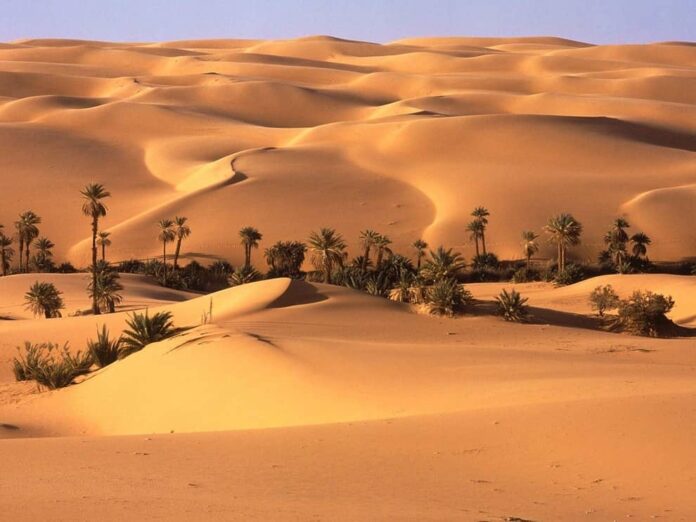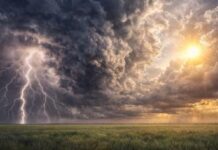The World’s Driest Places: Nature’s unforgiving extremes
Rainfall is essential for sustaining life, nurturing ecosystems, and maintaining the delicate balance of nature. Yet, there are remarkable locations on Earth where rain is almost nonexistent, presenting unique challenges and extraordinary adaptations. In this article, we explore five of the driest places on the planet, each a testament to nature’s resilience in the face of extreme aridity.
1. Atacama Desert, Chile
The Atacama Desert, located in northern Chile, holds the title of the driest place on Earth. Some regions of this desert have gone without rain for over 400 years, thanks to the Andes Mountains, which block moisture-laden winds from reaching the area. Despite its arid conditions, the Atacama is home to a variety of specialized flora and fauna that have adapted to thrive with minimal water. Its stark, otherworldly landscape has also made it a prime location for scientific research, particularly in astrobiology, as its environment closely resembles that of Mars.
2. McMurdo Dry Valleys, Antarctica
While Antarctica is often associated with ice and cold, the McMurdo Dry Valleys represent some of the driest environments on the planet. These valleys receive almost no precipitation and experience extremely low humidity, resulting in a barren landscape devoid of liquid water. Researchers flock to the Dry Valleys to study extremophiles—organisms that can survive in harsh conditions—providing insights into the potential for life in similarly extreme environments beyond Earth, such as on Mars or Europa.
3. Sahara Desert, Africa
The Sahara Desert, the largest hot desert in the world, spans several North African countries. Though certain areas receive occasional rain, most regions experience extremely low annual rainfall, averaging less than 3 inches. The Sahara is renowned for its sweeping sand dunes, rocky plateaus, and fluctuating temperatures that can soar above 120°F (49°C). Yet, this arid landscape is not devoid of life; diverse cultures and resilient wildlife have adapted to thrive in this unforgiving environment, showcasing the remarkable tenacity of life.
4. Arabian Desert, Middle East
Covering much of the Arabian Peninsula, the Arabian Desert experiences minimal rainfall and is characterized by its stunning sand dunes and rugged mountains. This vast desert is not only ecologically significant but also holds some of the world’s largest oil reserves, contributing to its economic importance. The flora and fauna of the Arabian Desert have evolved unique adaptations to survive in this harsh climate, demonstrating the interplay between ecological diversity and economic resources.
5. Death Valley, USA
Death Valley in California is often cited as one of the hottest and driest places in North America. It holds the record for the highest temperature ever recorded on Earth—134°F (56.7°C). Rainfall in Death Valley is exceptionally rare, and when it does occur, it can lead to flash floods that dramatically alter the landscape. Despite these extreme conditions, Death Valley attracts countless visitors each year, drawn by its dramatic scenery, which includes expansive salt flats, towering sand dunes, and vibrant rock formations that tell a story of the Earth’s geological history.
These extraordinary locations illustrate the remarkable capacity of life to adapt to some of the harshest conditions on Earth. From the arid deserts to icy valleys, these dry landscapes serve as a reminder of the planet’s incredible diversity and the resilience of ecosystems in the face of adversity.
Follow the Neptune Prime channel on WhatsApp:
Do you have breaking news, interview request, opinion, suggestion, or want your event covered? Email us at neptuneprime2233@gmail.com





